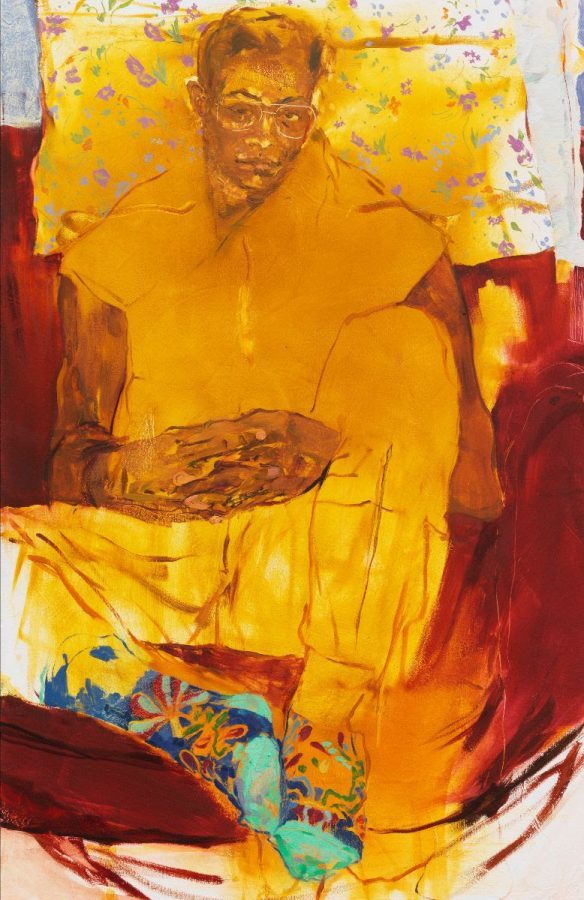‘The Eye Is Not Satisfied With Seeing’: review
Jennifer Packer’s collection ‘The Eye Is Not Satisfied With Seeing’ offers a lens on the daily lives of Black people that serves to contradict the Eurocentric tradition of art history. As a Black female artist, Packer’s work is inspired by a desire to counter the erasure of Black people from history and remould what is viewed as a worthy subject for representation. Packer’s collection conveys the right to be seen and recognised, in her words the right to be ‘heard and to be imagined with shameless generosity and accuracy’. Her portraits place domestic and personal scenes within the wider context of racial politics and a long history of inequality. Through focusing on contemporary Black lives Packer draws attention to the consistent undervaluing and dismissal of the Black community.
Her portraits place domestic and personal scenes within the wider context of racial politics and a long history of inequality.
What immediately captivated me was how Packer’s portraits seamlessly intertwined a combination of very three-dimensional realism and a more expressionistic sense of dynamism and fluidity. In particular, Packer’s carving out of her subject’s hands stands out. Her use of bold controlled lines along with freer flowing and unrestrained strokes make the hands appear almost palpable as they leap to the forefront of her portraits.
Through her use of colour is bold and striking, the vibrant shades somehow make her portraits feel more human. The distinct and contrasting tones create a sense of life and add a feeling of animacy to her work without detracting from the familiarity created by her casual domestic settings. The sense of intimacy and affinity in Packer’s portraits feels entirely unforced and genuine, her subjects appear completely unconcerned by any audience they are being exhibited to.
The sense of intimacy and affinity in Packer’s portraits feels entirely unforced and genuine, her subjects appear completely unconcerned by any audience they are being exhibited to.
Within her portraits, the subject and their surrounding are effortlessly integrated and merged, her background and foreground bleed and melt into one another. After seeing Packer’s portraits up close I was struck by the subtleties of her work. The more I looked the more began to emerge and slowly reveal themselves. At first glance, it is easy to overlook the nuanced features of her paintings and miss the various layers that seem to disguise one another.
On reflection the title of Packer’s collection, ‘The Eye Is Not Satisfied With Seeing’, felt particularly significant, alluding to a biblical passage from Ecclesiastes. This passage discusses the inherent human need for knowledge that cannot be fully satisfied. This desire for understanding manifests in Packer’s work, her portraits seem to absorb the audience and require our full attention. It is unclear at what point we are to stop searching through the various veils of her paintings to uncover the nuances and half vanishing features Packer has skilfully worked in.

Comments